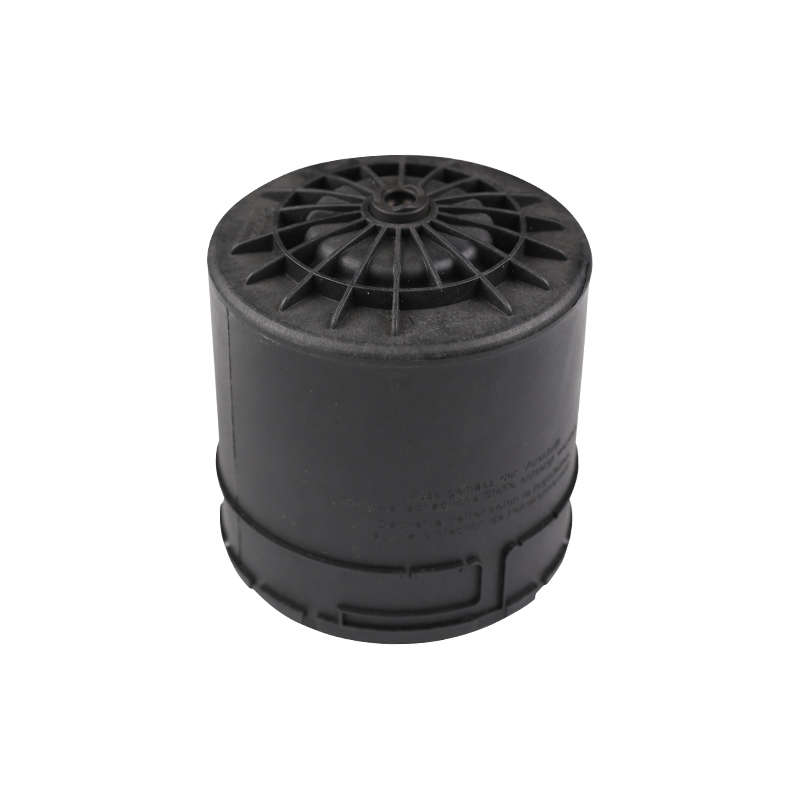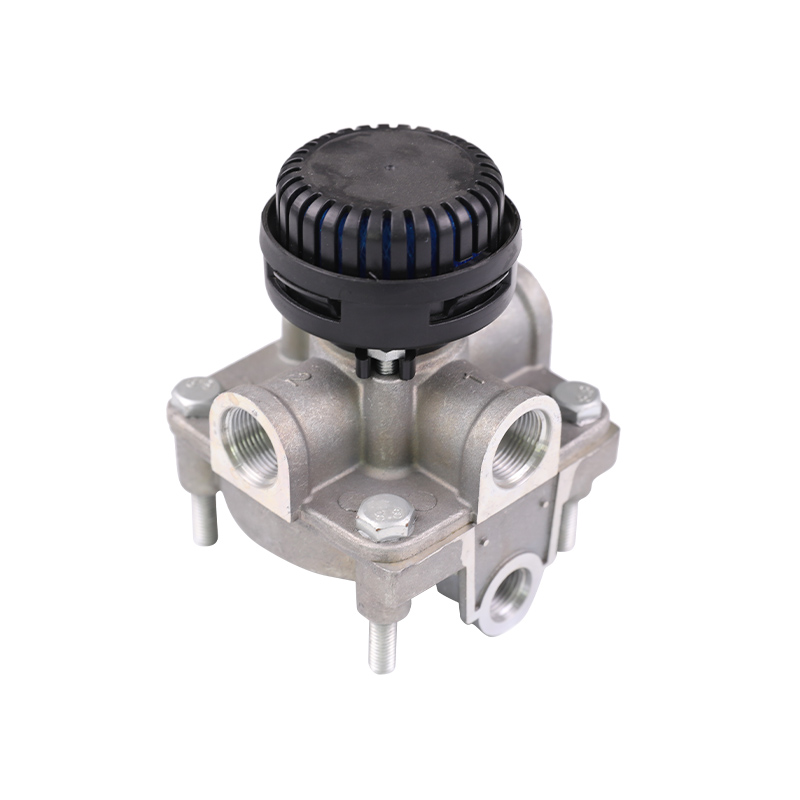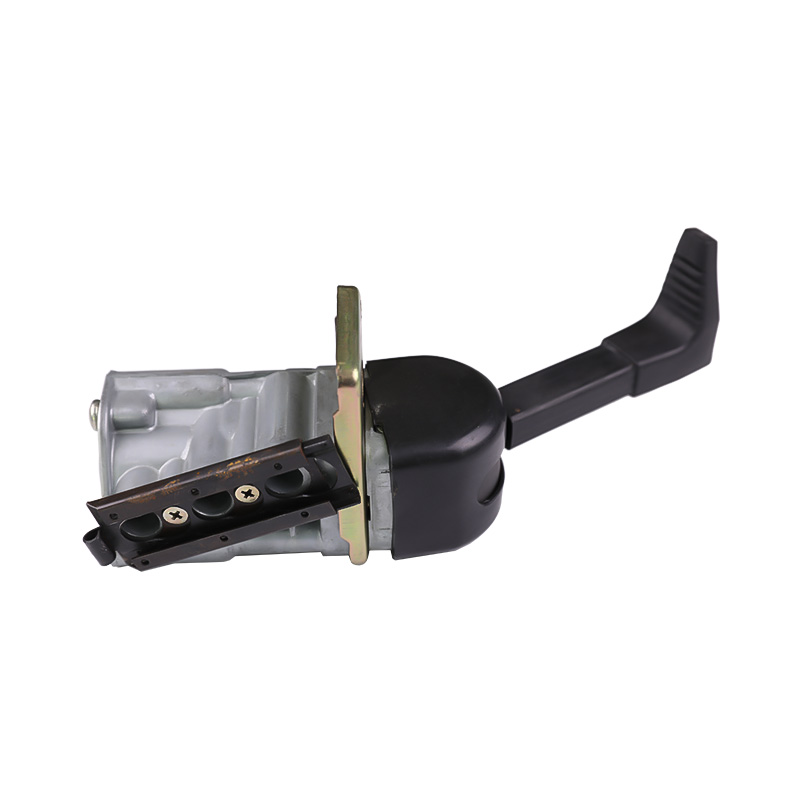In commercial vehicle air brake systems, pneumatic dryers are a core component ensuring system safety and reliability. Traditionally, mechanical dryers have been relied upon for this task. However, with technological advancements, electronically controlled air dryers are becoming the new industry standard. They offer fundamental differences in performance, efficiency, and diagnostic capabilities compared to traditional mechanical dryers.
Limitations of Traditional Mechanical Dryers
Traditional mechanical dryers rely primarily on mechanical air pressure signals to control their operation. Their regeneration cycle, also known as the "purge" process, is typically triggered by a mechanical unloading valve when the air compressor reaches a set unloading pressure (usually around 125 psi).
This single trigger mechanism based on air pressure thresholds has several inherent limitations.
First, the purge timing is inflexible. The dryer purges whenever the set pressure is reached, regardless of the compressed air humidity. In low-humidity environments, this unnecessary purge wastes significant compressed air, increasing the air compressor's power consumption and leading to increased fuel consumption.
Secondly, diagnostic capabilities are weak. Traditional mechanical dryers lack electronic sensors and cannot monitor their internal operating status in real time. If a malfunction occurs, such as desiccant saturation, a stuck valve, or a failed heating element, it's difficult for the driver to immediately detect it. This often isn't discovered until obvious brake system problems, such as a frozen drain valve or water in the air reservoir, develop, often by which point the problem has already become more serious.
Technical Advantages of Electronically Controlled Air Dryers
Electrically controlled air dryers integrate an electronic control unit (ECU), humidity sensor, temperature sensor, and solenoid valve to precisely control the dryer's operation, overcoming many of the shortcomings of traditional mechanical dryers.
1. Intelligent Purge Control
This is the greatest advantage of electronically controlled dryers. The ECU receives real-time data from humidity and temperature sensors and intelligently determines when to perform purges based on actual ambient conditions and air humidity. For example, when air humidity is low, the ECU can reduce the purge frequency or even eliminate it for a certain period of time, saving energy. In high humidity or cold weather, the ECU increases the purge frequency or extends the purge time to ensure effective drying. This on-demand operation mode significantly improves energy efficiency, reduces air compressor operating time, and thus reduces fuel consumption.
2. Real-time Fault Diagnosis and Monitoring
Electronic-controlled dryers feature powerful self-diagnostic capabilities. The ECU continuously monitors various parameters, such as temperature, pressure, and the opening and closing status of the solenoid valve. Upon detecting an anomaly, such as a broken heating element, a faulty solenoid valve, or a saturated desiccant cartridge, the ECU immediately sends a fault code via the CAN bus to the vehicle's instrument panel or central control system. This enables drivers and maintenance personnel to identify and resolve problems before they escalate. This proactive maintenance approach significantly reduces vehicle downtime caused by unexpected failures and improves fleet operational efficiency.
3. Higher Integration and Reliability
Due to electronic control, many traditional mechanical air lines and valves are replaced with high-precision, high-reliability solenoid valves, reducing mechanical wear and failure points. Furthermore, many electronically controlled dryers also integrate oil-water separation, further optimizing compressed air quality. Their compact design also allows for greater installation flexibility.
4. Deep Integration with Vehicle Systems
The electronically controlled pneumatic dryer seamlessly communicates with the vehicle's other electronic systems via the CAN bus. For example, it can integrate with the vehicle's telematics system to upload dryer operating data and fault information to the cloud. Fleet managers can remotely monitor the dryer status of each vehicle and perform predictive maintenance, truly achieving intelligent fleet management.






